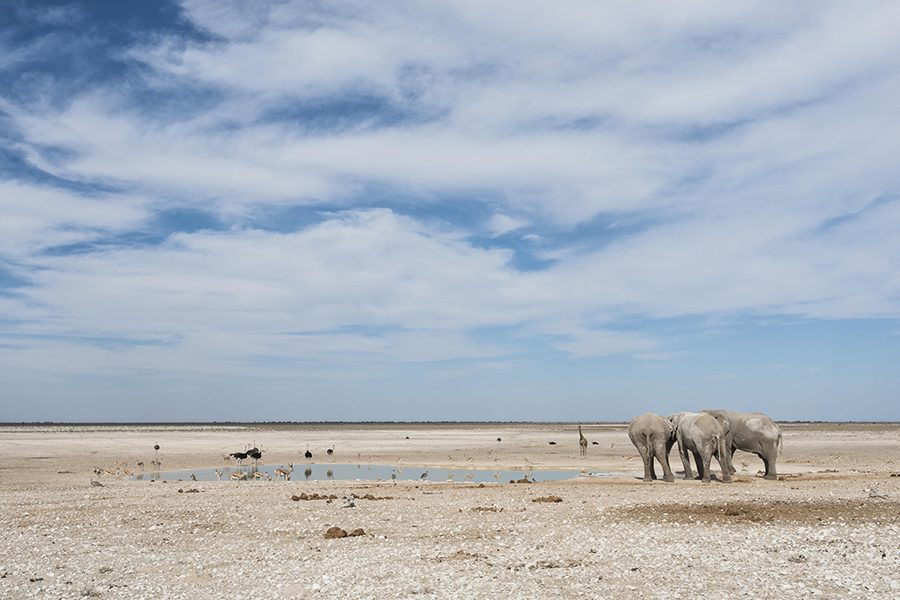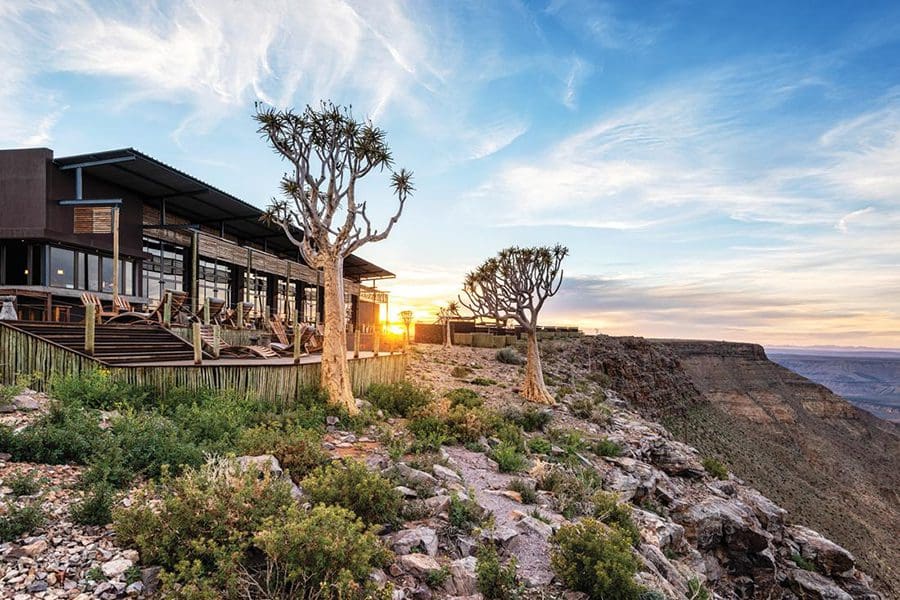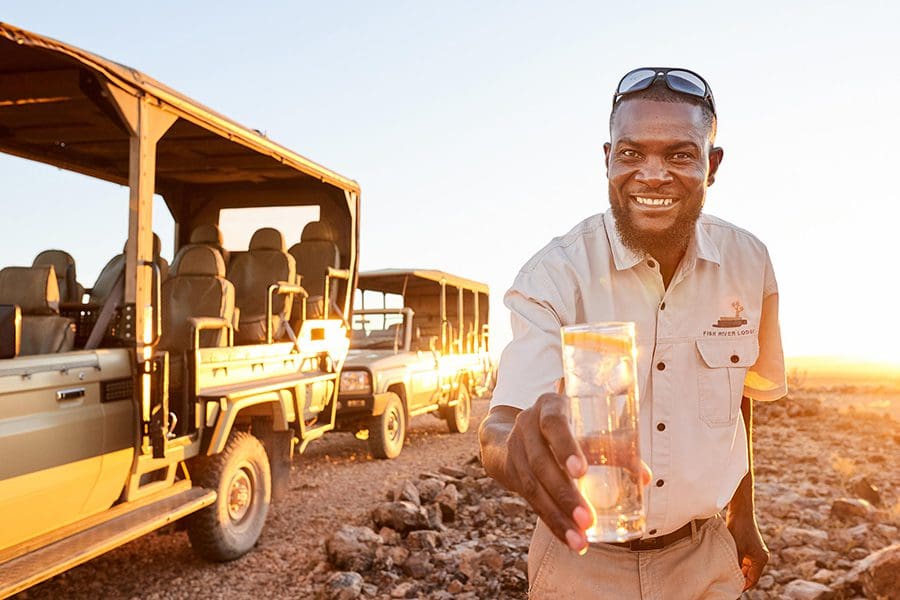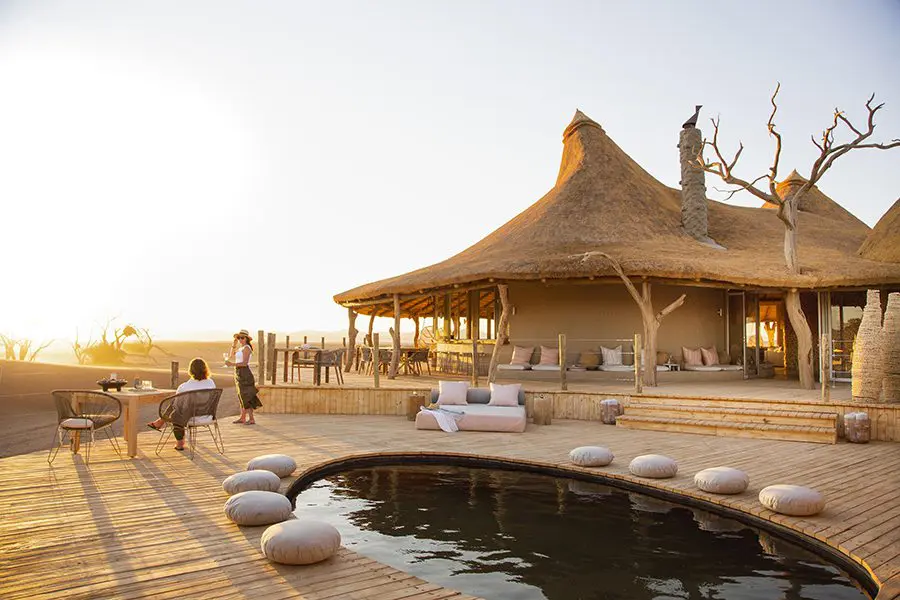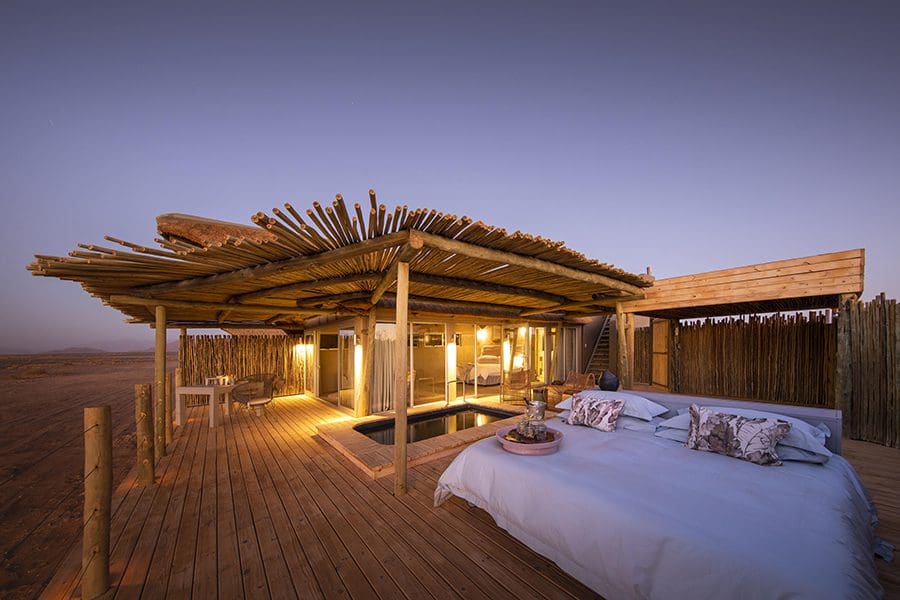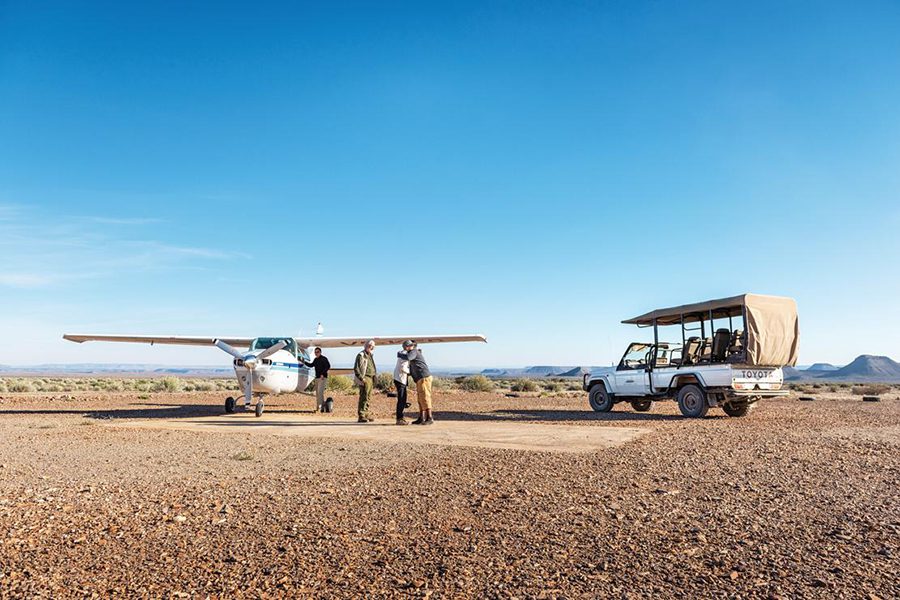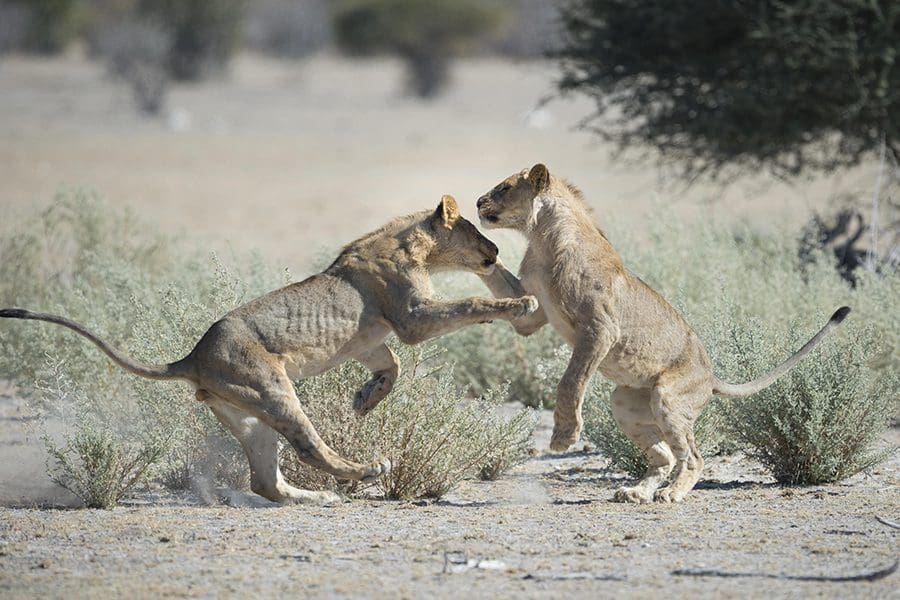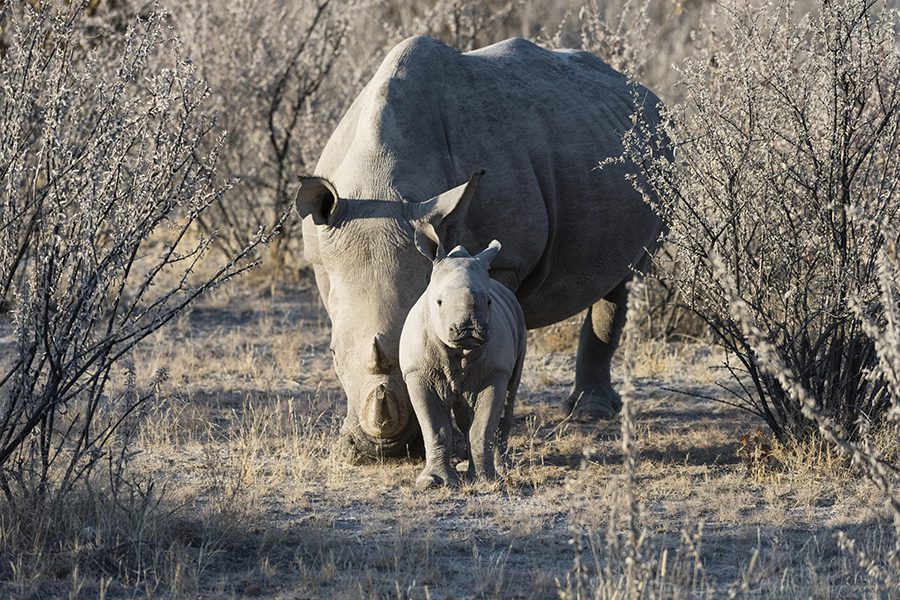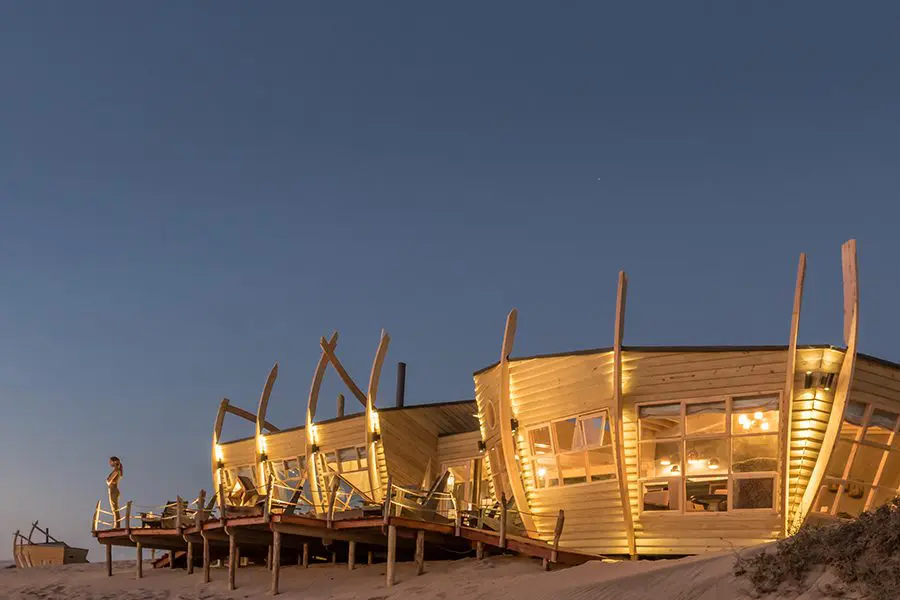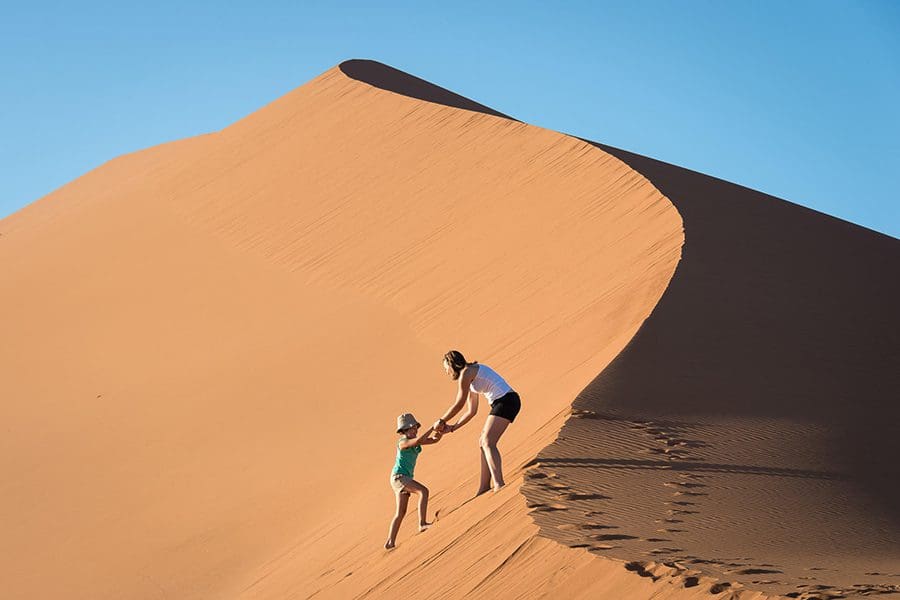Namibia Travel Advice
There’s nothing like up-to-date, relevant travel information direct from the experts – get Go2Africa’s essential Namibia travel advice before you go.
Watch a video of our Product Manager Liesel van Zyl talk about: Namibia
Money & Spending
Namibia’s national currency, pegged to the South African Rand, is the Namibian Dollar but travellers who have combined South Africa with Namibia can use either currency in shops, lodges, markets and restaurants throughout the country. Note however that the Namibian Dollar is not accepted in South Africa.
Visa and Mastercard credit cards are generally accepted throughout Namibia though holders of other credit cards are advised to check whether their card is acceptable. Self-drivers should note that credit cards are not accepted at petrol stations.
Banking hours: 9am to 3:30pm Monday to Friday and 8am to 11am on Saturday.
Tipping
Tipping for good service in Namibia is only expected in upmarket tourist establishments but is officially prohibited in national parks and reserves. A service charge is included in many restaurant bills – if not, and the service was satisfactory, a tip of 10% is standard.
For in-depth tipping guidelines, enquire with one of our Africa Safari Experts – they’d be happy to share their knowledge with you.
Climate
Average summer temperatures: 15°C to 40°C
Average winter temperatures: 0°C to 23°C
Rainy season: October/November to April
Refer to “best time to visit Namibia” for climate charts and details on the best wildlife-viewing times.
What to Pack
Temperatures in Namibia vary depending on the region and season but in general days are hot and nights can be unexpectedly chilly, so layering clothing is your best bet on a Namibia safari. Opt for cool, cotton fabrics in neutral colours for the daytime and a fleece or jacket for morning and evening game drives. Comfortable walking shoes or hiking boots are a must.
For more on what to pack for a safari, refer to our Africa Safari Guide travel advice section.
Flights & Getting Around
Did you know you can book your flights through Go2Africa? For more information and frequently asked questions, please see our Flights section.
Hosea Kutako International Airport: Windhoek‘s major airport is the international gateway, but to get to the country’s far-flung destinations by air you’ll be transferring to the capital’s second airport – Eros – for charter flights on light aircraft.
Walvis Bay Airport: located 15km east of Walvis Bay, Namibia’s second largest airport is well located for easy access to Swakopmund and the Skeleton Coast.
Transfers and game drives in Namibia are usually conducted in open-sided 4X4 vehicles.
The country’s good infrastructure means that many visitors to Namibia hire a car for a self-drive holiday which makes for independent, flexible travel within the ambit of a pre-planned itinerary. Self-drivers staying at private reserves join the other guests for guided game drives in 4X4s.
Visa & Passport Requirements
Every visitor to Namibia must be in possession of a passport that is valid until six months after the initial date of travel; however no visas are required for citizens of the USA, UK, most European countries (including France, Germany, Italy, Austria, Belgium, Spain and Switzerland), Australia, New Zealand, Canada, Malaysia, Japan and Singapore. Travellers receive entry for 90 days and visas for onward travel can be obtained in Windhoek.
For visitors from other countries, please check with your nearest Namibian Consulate about obtaining a visa.
Watch this video: Product Manager Liesel van Zyl talks about Namibia on a local TV programme.
About Namibia
History & Economy
For a remote country dominated by bone-dry deserts and arid mountains, Namibia has a surprisingly diverse and complex history. Settled first by San Bushmen and then by migrating African herders and farmers, European involvement only began in the late 1800s. A brief but influential episode under German colonial rule preceded 70 years of South African control. Namibia’s subsequent freedom struggle was set against the backdrop of the Cold War and it was only in 1990 that the country won its independence.
Home to significant deposits of precious metals, uranium and diamonds, the mining industry dominates Namibia’s economy and accounts for a quarter of its revenue though it is tourism which is one of country’s major employers, accounting for 18% of total employment. Offshore gas deposits are set to be exploited in the future.
People & Culture
Twice the size of Germany but home to only 2.1 million people, Namibia has the world’s second-lowest population density. Most Namibians are Ovambos but significant minorities are present and include the Herero as well as San Bushmen, Germans and Afrikaners. The overwhelming majority consider themselves Christian though traditional beliefs still hold sway in rural areas.
English is Namibia’s official language but German and Afrikaans speakers will find themselves understood throughout the country. Much of Namibia’s modern culture is similar to South Africa’s but the country is home to some of Africa’s best rock art as well as the traditional-living Himba people of the Kaokoveld who still adorn their bodies in a mixture of animal fat and natural pigments.
Landscape & Wildlife
Most of Namibia’s population lives on the relatively fertile central plateau but it’s the Kalahari and Namib Desert environments that define the country. Running all the way to the icy Atlantic Ocean, the red-sand Namib is the world’s oldest desert and home to the famous dunes of Sossusvlei. Open woodlands and grassy savannahs are the main features of the more watered north, while extensive wetlands are found in the Caprivi Strip (newly renamed the Zambezi Region), an oddly shaped part of Namibia left over from the colonial era.
Environmental protection is constitutionally guaranteed and some 15% of the country is given over to parks and reserves. Wildlife is prolific, even in Namibia’s deserts where familiar species such as elephant and lion have adapted to the demanding conditions, but it’s the country’s flagship Etosha National Park that delivers the country’s best game viewing. Home to a mix of both savannah and desert species, Etosha is particularly famous for its floodlit waterholes and as a stronghold for endangered creatures such as cheetah and black rhino.
Other wildlife highlights include the small but teeming Caprivi reserves which offer amazing bird watching and large elephant and buffalo herds as well as the unique Waterberg, an isolated plateau full of classic savannah animals.

